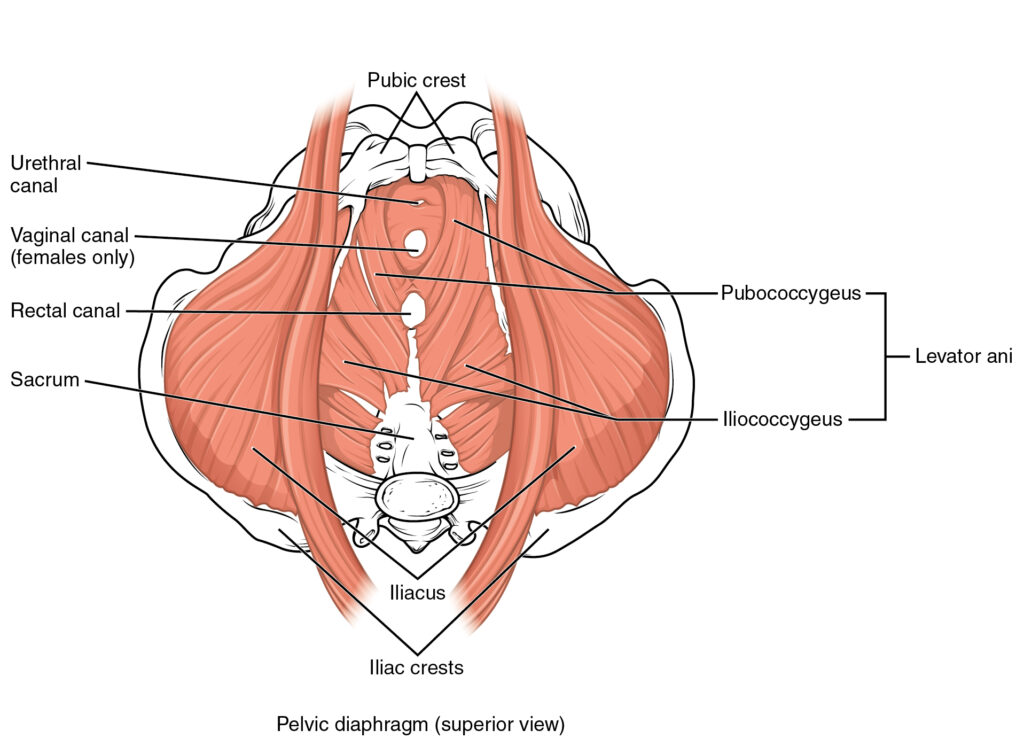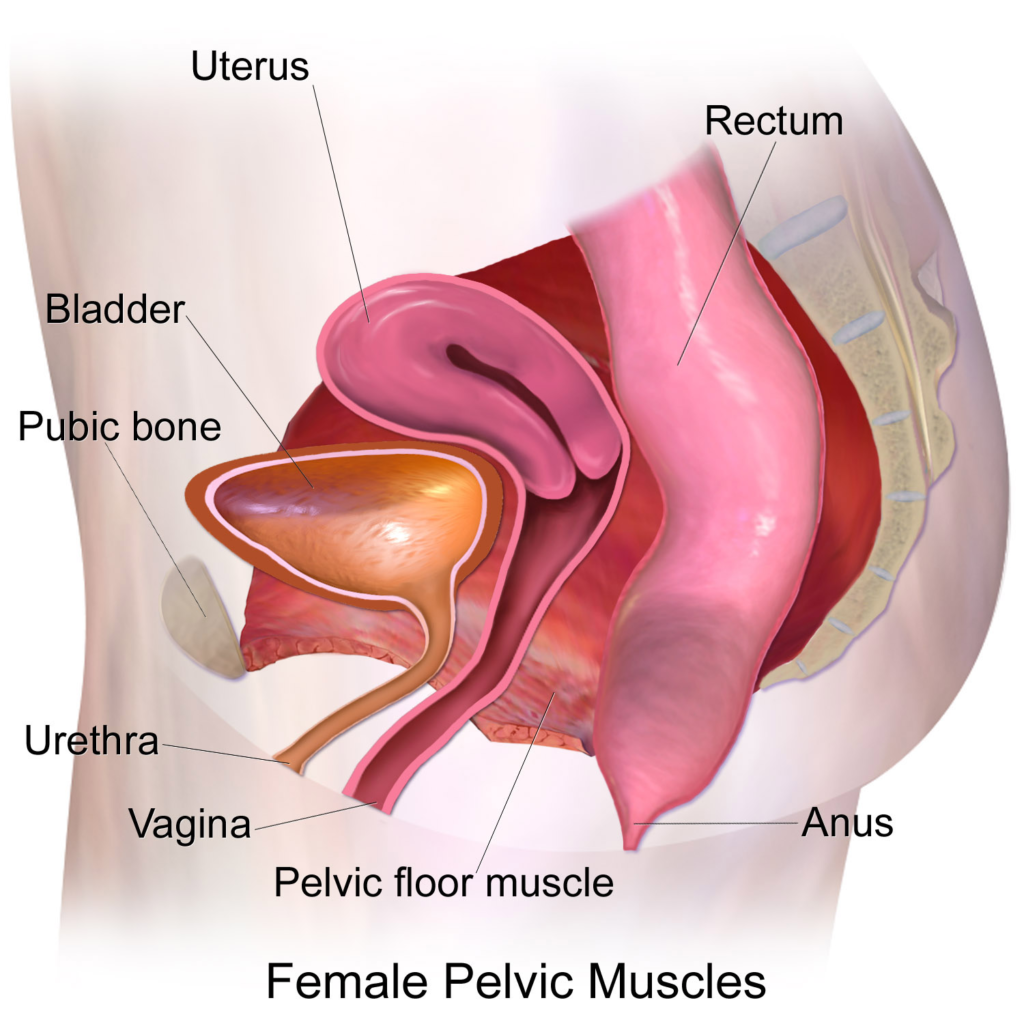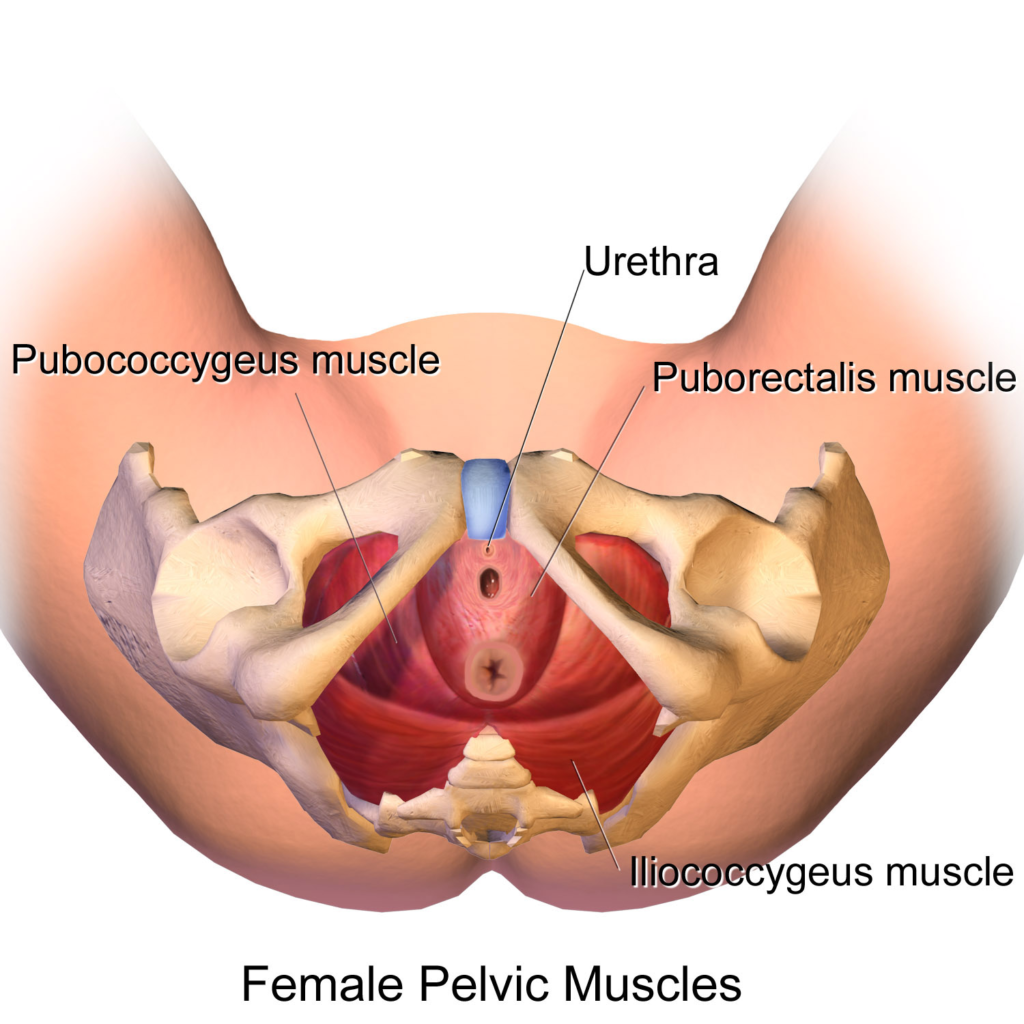EIRPP Pelvic Floor
“…..pelvic floor re-education should be understood as a set of techniques that, taken individually, they may have a limited effect but that, on the contrary, they acquire their full effectiveness if expertly combined with each other[1]Max Claude Cappelletti, Perineal rehabilitation from birth to today……“



L’E.I.R.P.P. (International School of Pelvic Floor Rehabilitation) it's a school of international training for the rehabilitation of the pelvic floor. Its headquarters are in France and its foundation dates back to 1989. Four years later, The rehabilitation of the pelvic floor was officially included Among the subjects of competence of French physiotherapists.
Because this international school was born in France? Because France is the European country that has led the way in our continent in the field of pelvic floor rehabilitation and that, precisely for this reason, has gained the greatest clinical experience.
A BIT’ OF HISTORY…
Pelvic floor rehabilitation originated in America over the years 50, when an American gynecologist, Arnold KEGEL, proposed for the first time specific physical exercises for the perineal muscles. Kegel exercises remain the historical basis of perineal rehabilitation. These were self-training exercises for the perineal muscles, designed to treat pelvic floor hypotony observed after childbirth. According to its promoter, the goal was to prevent and treat problems associated with urinary incontinence and sexual dysfunction[2]Max Claude Cappelletti, Perineal rehabilitation from birth to today.


About thirty years later, The experiences gained on American soil were acquired and then developed by a young French physiotherapist named Alain Bouche, which then laid the foundations of perineal re -education in France for how it is practiced today. Bourcier nel 1977, following a study trip across the Atlantic, he brought back to his country the knowledge of perineal mechanics he acquired from medical teams in the United States (UCLA Columbia). Starting from these bases, Bourcier then structured the re-education of the perineal muscles by combining manual re-education with the use of intra-vaginal electrostimulation[3]Max Claude Cappelletti, Perineal rehabilitation from birth to today.
Many years have passed since then and pelvic floor rehabilitation has spread and developed throughout the world over time. The experiences compared have allowed us to note that pelvic floor re-education should be understood as a set of techniques that, taken individually, they may have a limited effect but that, on the contrary, they acquire their full effectiveness if expertly combined with each other. It is the therapist's job to evaluate the patient and choose with him the most suitable program for his pathology[4]Max Claude Cappelletti, Perineal rehabilitation from birth to today. For this reason we generally do not talk about a specific method but we aim to ensure that healthcare professionals acquire a broad and eclectic training.
In this perspective, EIRPP training aims to transmit and enable healthcare professionals to acquire the practical skills that the French school has developed over time.
My approach in pelvic floor rehabilitation refers to the training obtained at the EIRPP which I considered it appropriate to integrate with that previously carried out in Italy, and specifically in Verona.
My registration in the EIRPP Register (Click here)
NOTE: all information relating to the history of pelvic floor rehabilitation comes entirely from an article by my French colleague Max Claude Cappelletti, titled “Perineal rehabilitation from birth to today”.